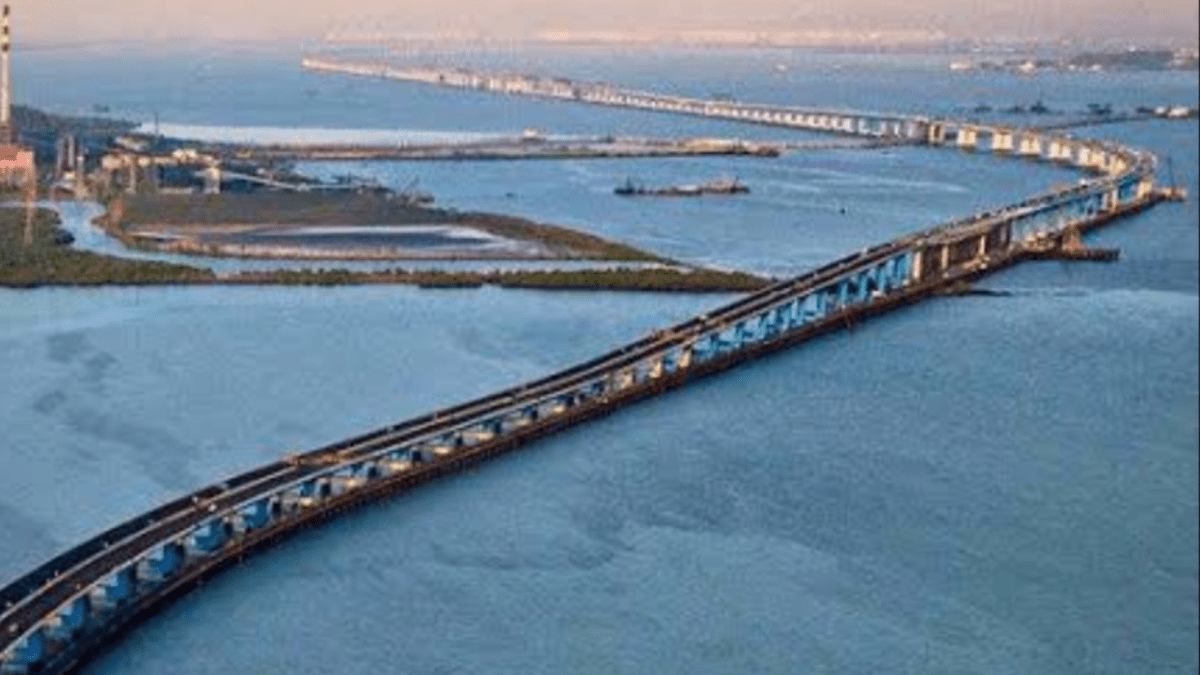Mumbai Trans Harbour Link: The Atal Setu is a 21.8-kilometer bridge that links the Raigad district’s Nhava Sheva neighborhood with Mumbai’s Sewri neighborhood.
New Delhi: The bridge’s foundation stone was laid by Prime Minister Modi in December 2016. In addition to honoring the late Prime Minister Atal Bihari Vajpayee, the name Atal Setu signifies a significant turning point in the development of infrastructure in India.
The Atal Setu bridge spans 21.8 km and links the Raigad district’s Nhava Sheva neighborhood with Mumbai’s Sewri neighborhood. The trip between the t’o locations will take only 15-20 minutes instead of the current two hours, thanks to the nation’s longest bridge.
The MMRDA’s Metropolitan Commissioner, Dr. Sanjay Mukherjee, discussed the miracle of infrastructure when he stated, “On January 12, PM Modi will inaugurate the Atal Setu, the Mumbai Trans Harbour Link.” The longest sea bridge in India is this one. This bridge was constructed using a number of these technologies, some of which are novel to India. The aquatic environment is not disturbed by the lighting employed on this bridge.
On the Mumbai Trans Harbour Link (MTHL), four-wheelers are allowed to go at a maximum speed of 100 kmph.
For cars, taxis, light motor vehicles, minibuses, and two-axle buses, the top speed restriction is one hundred kilometers per hour.
The speed limit on the bridge’s ascent and descent will be 40 kilometers per hour.
What is prohibited?
The police announced on Wednesday that tractors, motorbikes, and autorickshaws will not be permitted on the sea bridge. Additionally, vehicles such as motorbikes, mopeds, three-wheelers, vehicles drawn by animals, and slow-moving vehicles will not be allowed admission. Trucks, buses, and multi-axle heavy vehicles going in the direction of Mumbai will not be allowed to enter the Eastern Freeway
